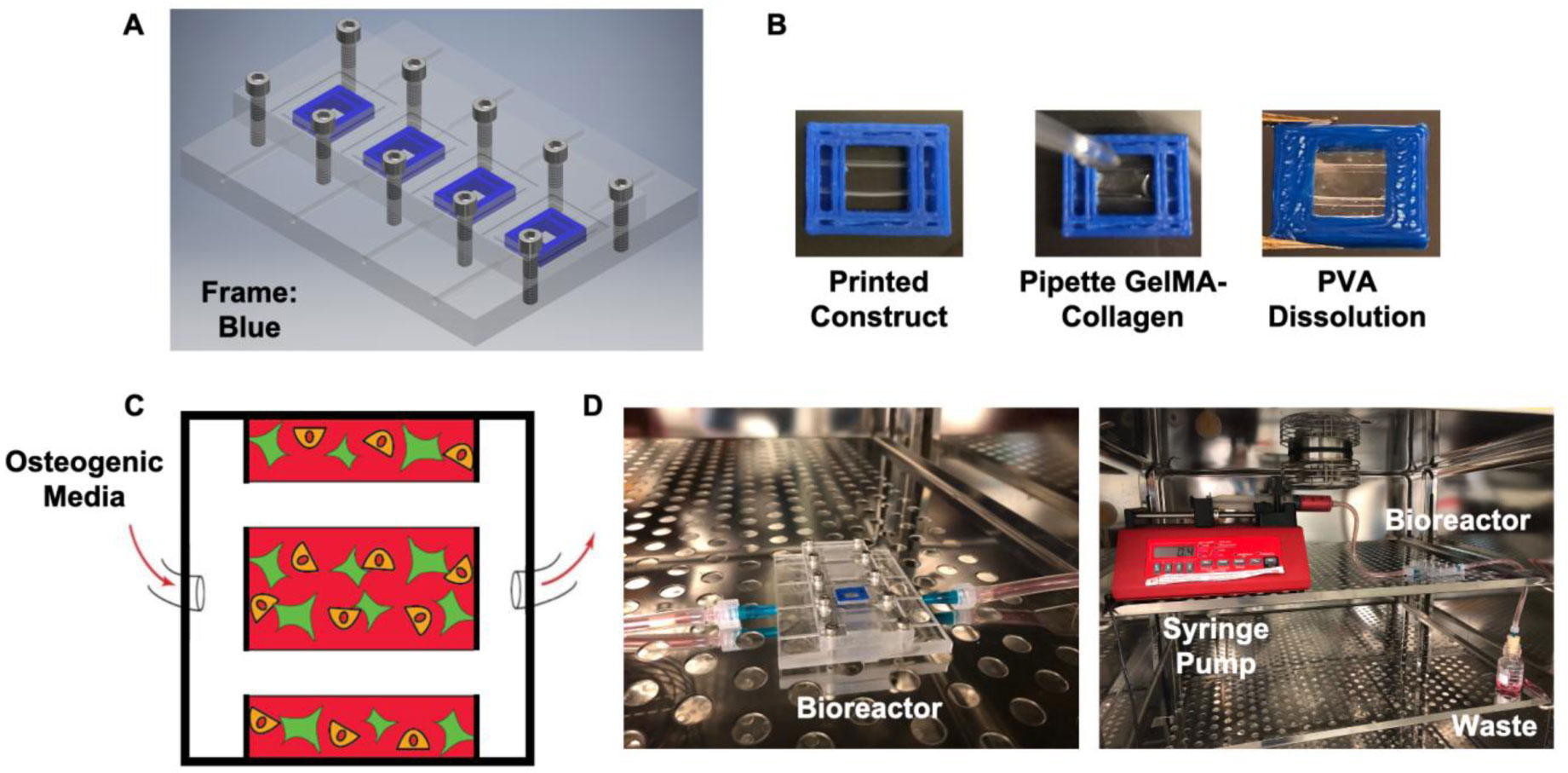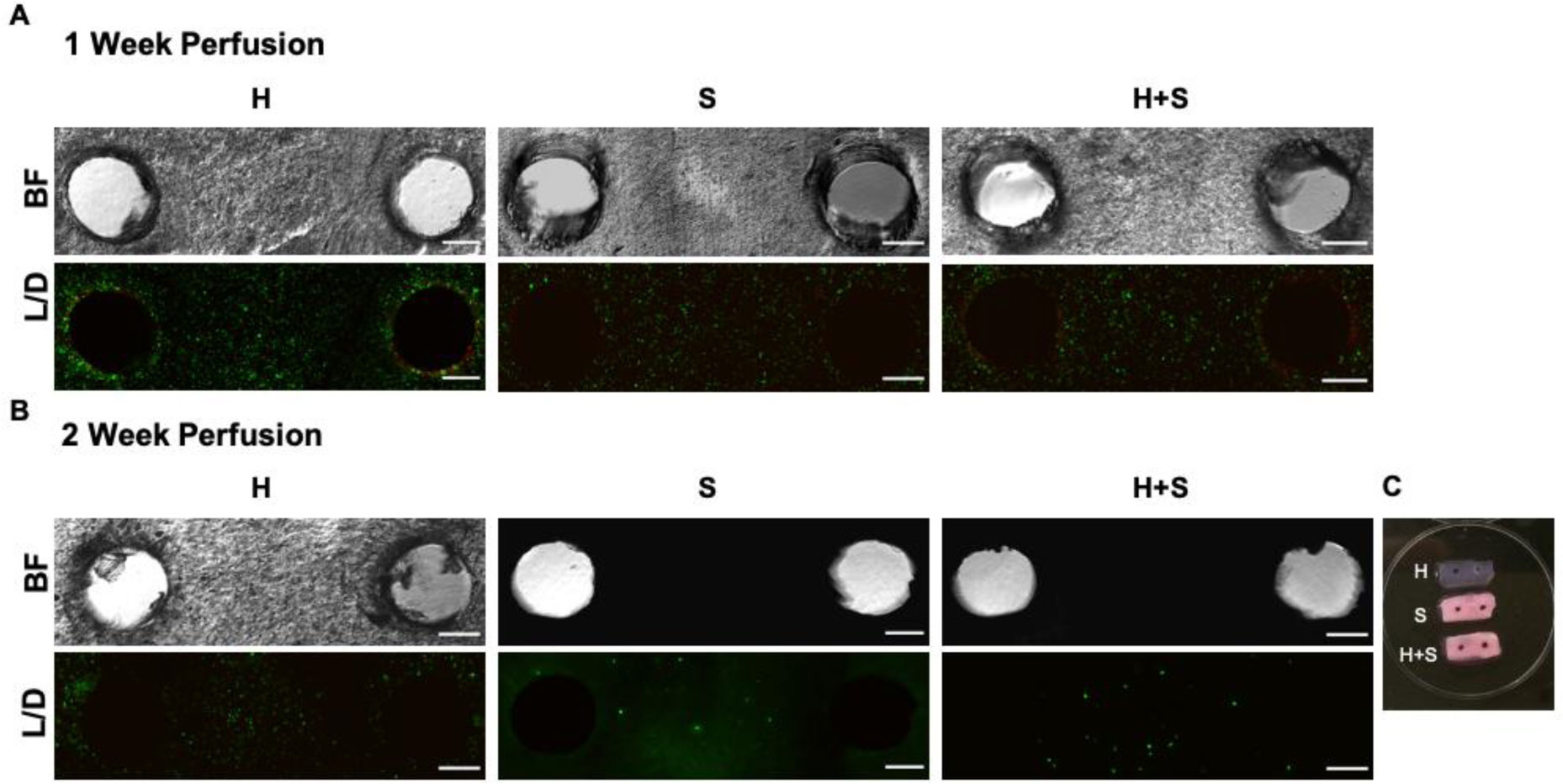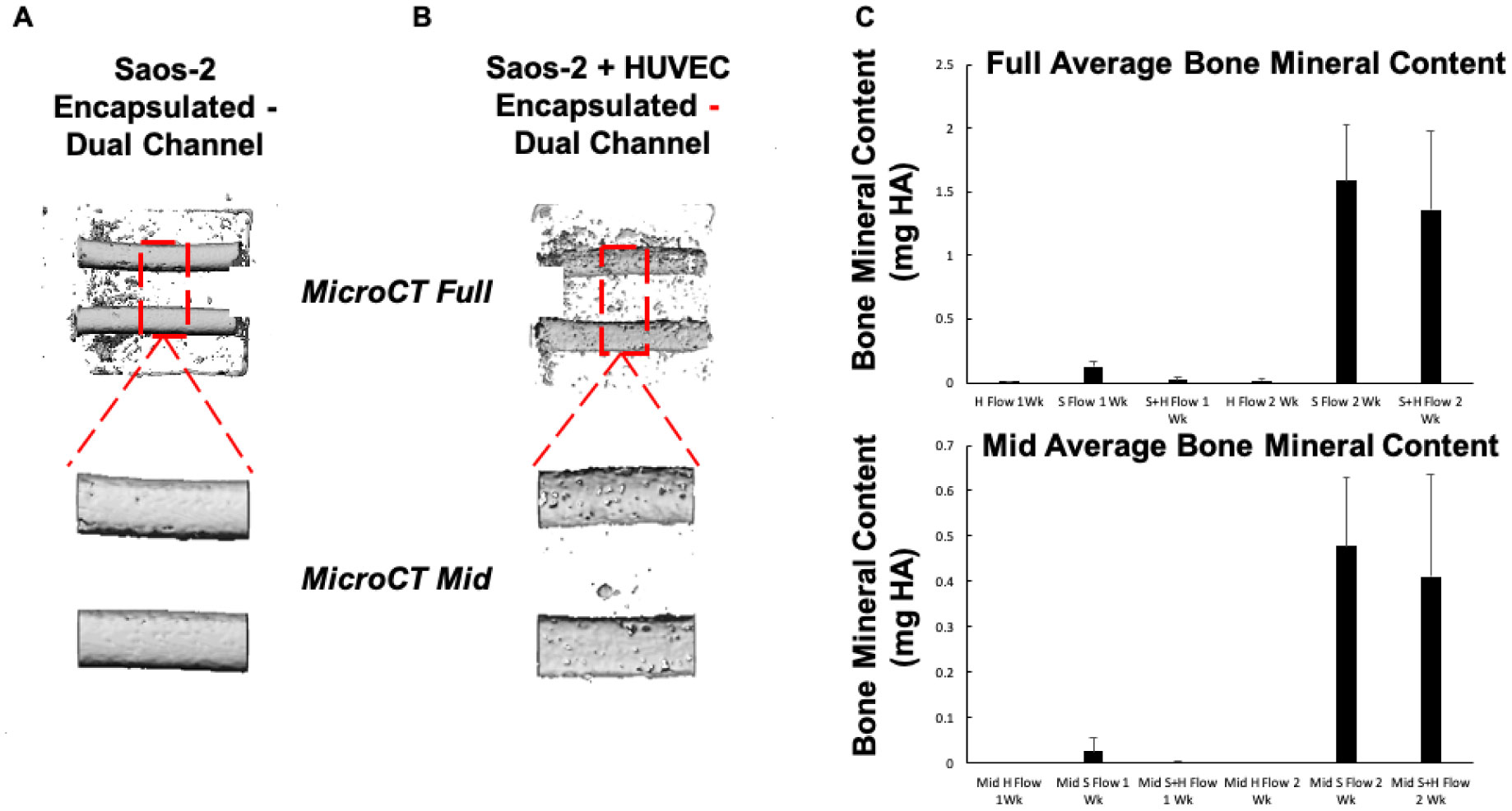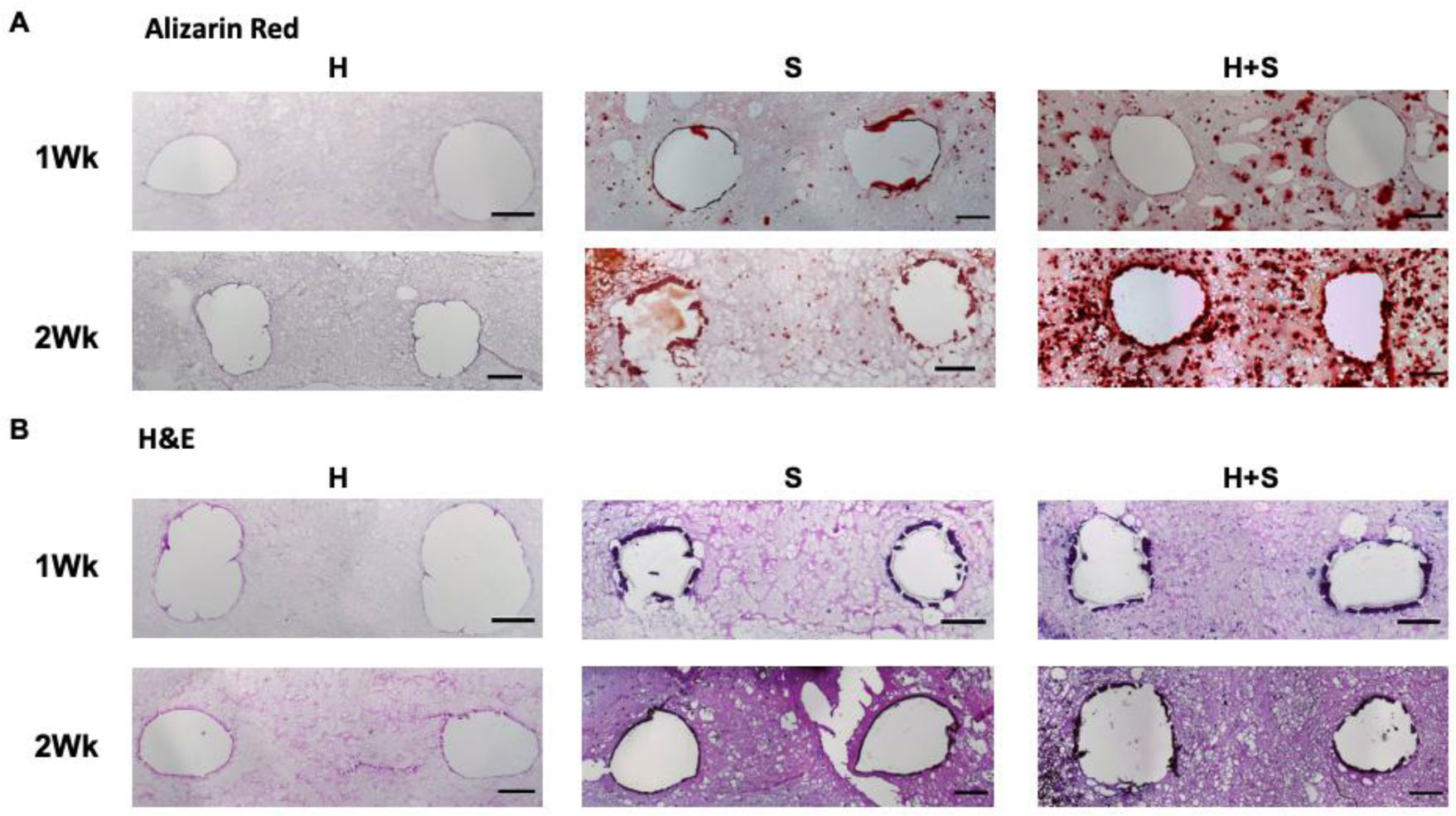1.
Introduction
It is well known that the Herbrand-Ribet theorem is about the relation between the p-th class group of cyclotomic field Q(ζp) and the Bernoulli number.
We introduce some notations. Let F=Q(ζp) be the cyclotomic field, and
be the Galois group, where σa(ζp)=ζap. Let ω be the Teichmuller character of group (Z/p)×, that is, a character ω:(Z/p)×→Z×p such that for a∈Z,(a,p)=1. Then ω(a)p−1=1 and ω(a)≡amodp. For the group ring Zp[G], where Zp is the p-adic integer ring, the idempotents are
Let A be the p-part of Cl(F), which is the class group of F. Then A=⨁p−2i=0Ai, where Ai=εiA.
The Herbrand theorem states that if p divides the numerator of the Bernoulli number Bp−i, then εiA≠0. In 1976, Ribet [7] proved the converse of the Herbrand's theorem. So the Herbrand-Ribet theorem is as follow.
Theorem 1.1. Let i be an odd integer with 3≤i≤p−2. If p divides the numerator of the Bernoulli number Bp−i, then εiA≠0.
The Herbrand theorem is obtained by the properties of the Stickelberger element and the p-adic L-function. In [8], the Herbrand-Ribet theorem for function fields was obtained. In addition, Coats and Sinnott [2] proved an analogue of Stickelberger's theorem for the K2 groups.
Throughout this paper, inspired by the above results, we obtain respectively the K2 analogue of Herbrand-Ribet theorem and the K2 analogue of the Vandiver conjecture.
2.
K2 analogue of Herbrand-Ribet theorem
Let S be a finite set of places of F=Q(ζp) including the archimedean ones. Let OS denote the ring of S-integers in F, i.e., the ring of all a∈F such that v(a)≥0 for each place v∉S. Then
By Quillen's localization sequence, we have the isomorphism kerdS≃K2(OS), which is moreover a G-isomorphism if S is stable under G (see [9, P. 271]).
Let K2(Z[ζp]) be the K2 group of the ring of algebraic integers Z[ζp], and let C be the p-part of K2(Z[ζp]). Then we have C=⨁p−2i=0Ci, Ci=εiC.
Lemma 2.1. There exist G-isomorphisms:
Proof. We note an isomorphism [4]
where G acts on μp⊗A by the formula
We claim that the above isomorphism is a G-isomorphism. Let S be a set of the places of Q(ζp) consisting of the archimedean ones and the finite ones above p. Let Sc denote the set of complex places. Then there is a natural exact sequence (see [9, Theorem 6.2])
where (∐μp)0 denotes the subgroup of the direct sum consisting of the elements z=(zv) such that ∑zv=0. The map hS1 is that induced by the l-th power norm residue symbols for v∈S−Sc. Since S is stable under G, the above exact sequence is sequence of G-modules with G-homomorphisms(see [9, P. 271]). By[11, Theorem 73], C and the p-part of K2(Z[ζp,1/p]) are equal to H2ét(Z[ζp,1/p],Zp(2)). Since pZ[ζp]=(1−ζp)p−1, the p-part of Cl(OS) is equal to A. Moreover, the fourth term in (2.2) is 0 (see [11, Example 5]), we get that (2.1) is a G-isomorphism.
Then we consider the following homomorphism
Here, δ is not a homomorphism of G-modules. The kernel of δ is pA, so we get an isomorphism
Next we give the explicit description of δ under the Galois group action. For z:=ζpn, we have σa(z)=zω(a) (see [1, Lemma 3.3]), so there is
Therefore,
Hence
By (2.4), the action of idempotents εj on (2.3) leads to
Since (2.1) is a G-isomorphism, combining with the above isomorphism, we obatin
as desired.
Next, we give the K2 analogue of the Herbrand-Ribet theorem of the field Q(ζp) as follow.
Theorem 2.1. Let i be even, 4≤i≤p−3. Then
Proof. It is clearly that
From Lemma 2.1, we have εiC/p≃εi−1A/p. Utilizing Theorem 1.1, we get Ci≠0⇔p|Bp+1−i, as required.
However, the proof of "⇒" can also be obtained by the properties of the Stickelberger element without using Theorem 1.1 and Lemma 2.1, We sketch the proof as follow.
Considering the Stickelberger element for the cyclotomic field Q(ζp)
where ζ(σ,s) is the partial zeta function, we can prove that (c2−ωi(c))B2,ω−i annihilates Ci, moreover, for i=4,6,⋯,p−3, B2,ω−i annihilates Ci.
We now suppose Ci≠0. Then B2,ω−i≡0 (mod p). Since
we get
Therefore, p|Bp+1−i.
3.
K2 analogue of Vandiver's conjecture
The Vandiver's conjecture states that p does not divide the class number of Q(ζp)+, where Q(ζp)+ is the maximal real subfield of the cyclotomic field Q(ζp). Equivalently, the Vandiver's conjecture says that all the even part εiA are trivial.
Lemma 3.1. For any irregular prime p, A2i=0, where 1≤i≤14.
Proof. From [10] (Tables §1 Bernoulli numbers), for i=1,2,3,4,5,7, we have p∤B2i. So from Theorem 1.1, we have Ap−2i=0,i=1,2,3,4,5,7. By the reflection theorem (see [10, Theorem 10.9])
we get A2i=0.
Let Pn denote the maximal prime factor of Bn if Bn has a prime factor. For i=6,8,9,10,11,12,13,14, from [10] (Tables §1 Bernoulli numbers) we have
These primes are all less than 12,000,000. But it is well know that the Vandiver conjecture has been checked to be true for all irregular primes less than 12,000,000. So we get A2i=0 for i=6,8,9,10,11,12,13,14.
Now we can make a K2-analogue of Vandiver's conjecture as follow.
Conjecture 3.1. For odd i, εiC=0, where C is the p-part of K2(Z[ζp]).
It has been proved that εp−3A always vanishes (see [5]) and that if the prime p≡3 (mod 4), then ε(p+1)/2A is trivial (see [3,6]). Combining these results with Lemmas 2.1 and 3.1, we get the following result, which checks some cases of Conjecture 3.1.
Theorem 3.1. For any irregular prime p, C2i+1=0 (1≤i≤14), Cp−2=0 and C(p+3)/2=0 if p≡3 (mod 4).
4.
Conclusions
We gave the K2 analogue of Herbrand-Ribet theorem and prove the case. The K2 analogue of Vandiver's conjecture was also obtained, but this case is hard to prove. However, we just check some special circumstances of it.
Acknowledgments
The authors are thankful for the careful reviews of referees and the editor. The first author was supported by the National Natural Science Foundation of China (No. 11901079), China Postdoctoral Science Foundation (No. 2021M700751) and the Scientific and Technological Research Program Foundation of Jilin Province (No. JJKH20190690KJ; No. 20200401085GX; No. JJKH20220091KJ). The second author was supported by the National Natural Science Foundation of China (No. 11601211).
Conflict of interest
The authors declare that there are no conflicts of interest regarding the publication of this paper.




















 DownLoad:
DownLoad: